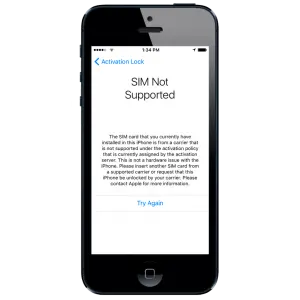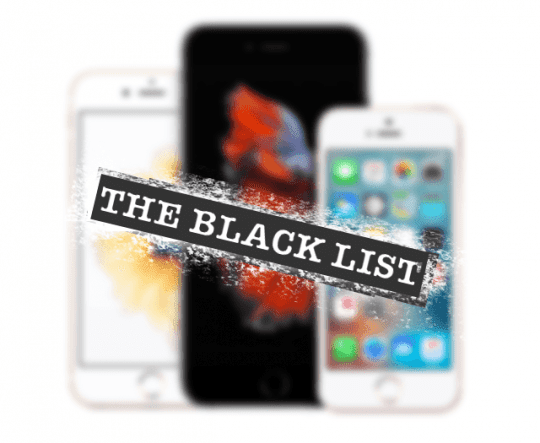

By 2004, the GSMA, the trade association for global GSM mobile operators, launched an effort to increase the efficiency of tracking stolen phones across Europe. Nine years later, Canada developed the Canadian Wireless Telecommunications Association (CWTA) Blacklist in the end of September 2013. The creation of the blacklistīack in 2002, Europe was one of the first parts of the world to acknowledge the need for a shared database of stolen phones. In addition to stopping criminals, consumers are given the ability to check if a pre-owned device was reported as lost or stolen before making the mistake of purchasing it. The IMEI makes it easy for carriers to track lost and stolen phones, locking them out from cellular networks.

Unlike a SIM card, which is replaceable, the IMEI number is uniquely connected to that device. A blacklist makes smartphones less of a target for criminals by making resale nearly impossible. The idea behind the blacklist came from the increase in theft of mobile phones. Blacklisting can also occur if the user of a device is no longer able to pay for their contract or it was acquired through fraud. An iPhone reported as lost or stolen results in the device being put on the blacklist through this unique IMEI number. Wireless carriers build their database through the iPhone’s IMEI number, otherwise known as the International Mobile Equipment Identity. Apple cannot change the status of a blacklisted iPhone, in fact they have a hands off policy for any devices that may have been stolen. You might think that Apple has the power to blacklist an iPhone, but it’s actually only the wireless carriers that are responsible for blacklisting a device. If you want a guarantee that your phone will not be blacklisted, Orchard - Canada’s #1 reseller of preowned smartphones - offers a lifetime blacklist guarantee. Previously, consumers couldn’t be sure if a device was stolen when buying pre-owned iPhones. With the creation of a GSM blacklist, there is easy access to see if you’re dealing with a blacklisted iPhone.


Only within the last few years have North American carriers started developing national and global databases to share devices listed as lost or stolen. The business of blacklisted iPhones is confusing to say the least.


 0 kommentar(er)
0 kommentar(er)
